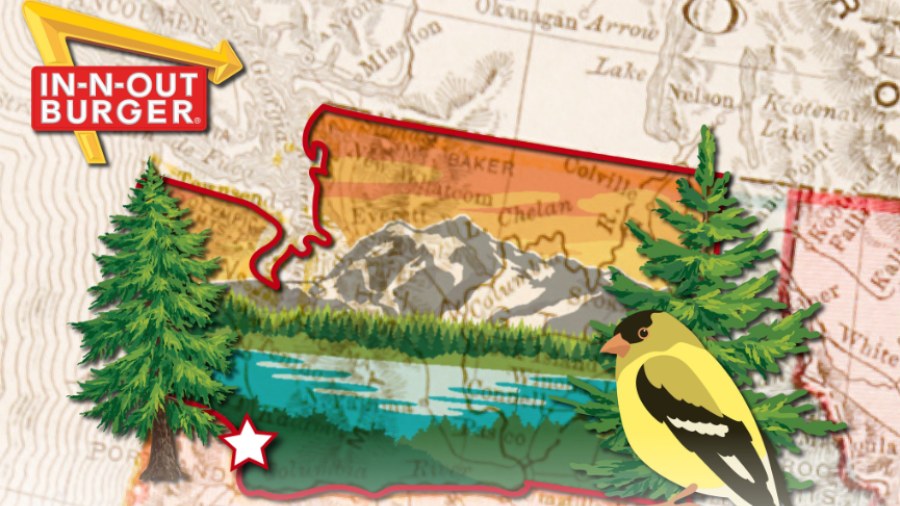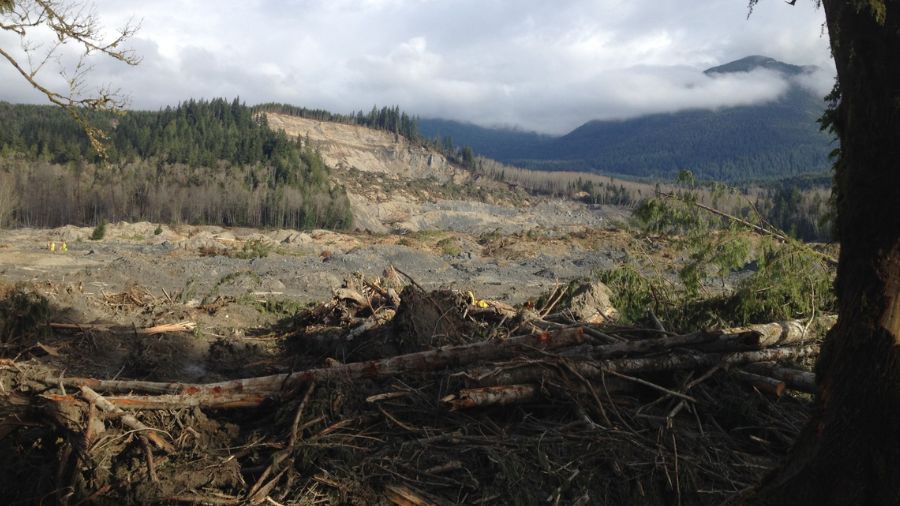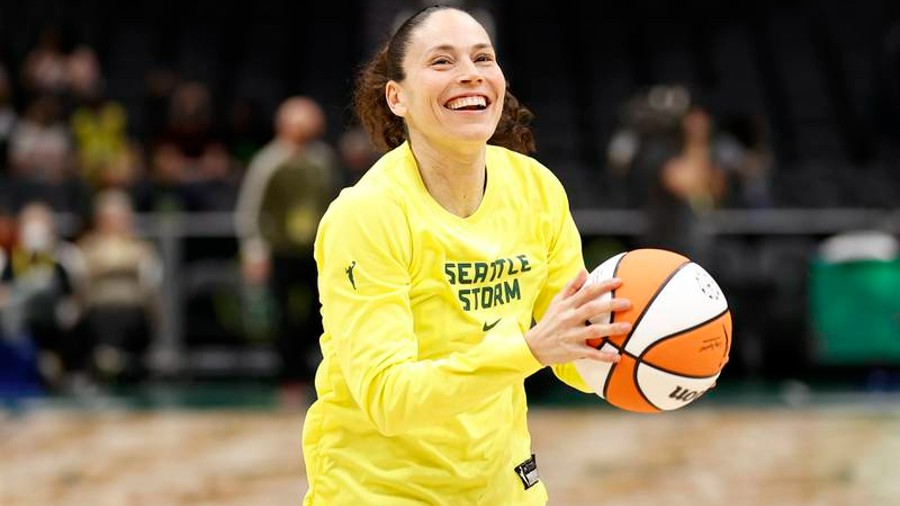All Over the Map: How Washington’s Columbia River first got its name
Apr 5, 2019, 8:37 AM | Updated: Oct 4, 2022, 2:34 pm

American fur trader Robert Gray named the Columbia River after his ship Columbia Rediviva in May 1792. (Feliks Banel, KIRO Radio)
(Feliks Banel, KIRO Radio)
Captain George Vancouver missed it.
RELATED: Who named the Seattle Mariners?
Captain Vancouver on April 27, 1792, quoted by Bern Anderson in “Surveyor of the Sea”:
The sea had changed from its natural, to river colored water; the probable consequences of some streams falling into the bay, or into the ocean to the north of it, through the low land. Not considering the opening worthy of more attention, I continued our pursuit to the N.W. being desirous to embrace the advantages of the new prevailing breeze and pleasant weather.
Cue the “WAA-waa” sound effect.
The area Vancouver was writing about had been visited earlier, in 1788, by another British explorer and fur trader named Captain John Meares. Meares also missed what Vancouver ultimately missed.
And what was it that they both missed? The long-rumored “River of the West,” suspected as early as the 1760s by Americans and Europeans to exist, and called by the mysterious name of “Ouragan” by Major Robert Rogers and Jonathan Carver.
“Ouragan” – which warrants its own episode of “All Over The Map”– may have been from the French word for “hurricane,” and may have related to storms in the middle section of the continent that natives thought came from the West, where the river was rumored to exist.
In 1788, Meares declared that the mysterious river, which Spaniard Bruno Heceta had almost found in 1775 — and who had surmised it might be there — didn’t exist. Meares named the outcropping of land to the north “Cape Disappointment” to commemorate the river not existing. Four years later, it seems, Captain Vancouver just had to agree.
Captain Vancouver, aboard his ship Discovery, headed north from this area of “river colored water,” and two days after writing that journal entry, ran into an American vessel, and Boston fur trader Captain Robert Gray.
Gray told Captain Vancouver all about his personal experience with that area of “river colored water,” and how Gray had tried multiple times to cross the bar and get into the actual huge river there. Vancouver kept heading north for the Strait of Juan de Fuca and Puget Sound.
And so it was on May 11, 1792, at about 8 a.m. that Captain Robert Gray successfully crossed the bar and sailed about 10 miles upriver. About a week after that, he named the big river for his 83-foot long ship, Columbia Rediviva. Incidentally, a replica of has sailed the waters of Disneyland since 1958.
RELATED: How Washington got the name “Evergreen State”
In October 1792, Vancouver sent William Broughton to explore the Columbia in the vessel Chatham. Broughton went upriver as far as what’s now Washougal and at some point, took formal possession of the river, and all the territory it drained, for King George.
The thinking may have been that the British could claim that Gray had only been as far as a large bay, and not in the river proper. Oddly enough, Broughton didn’t try and rename the river.
“Columbia” proved to be such a popular name, Washington was almost called the same thing.
In spite of missing the Columbia, Captain Vancouver is credited with, among other things, exploring, mapping and naming many features in and around Puget Sound.
He died in 1798 at age 40, and may have never lived down his riparian failure. Some historians go so far as to claim the U.S. would not have acquired California without Robert Gray’s claim to the Columbia, and would not have become a big powerful country at all.
Of course, none of these Europeans or Americans actually “discovered” the river. The indigenous people knew it was here all along. In the Chinook language, it was called “Wimahl” or “big river.” In Sahaptin, it was called “Nch’i-Wana,” or, you guessed it, “big river.”













